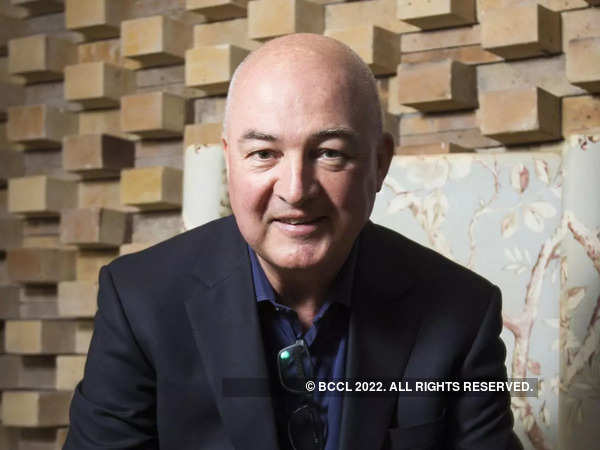Unilever global chief executive Alan Jope said India is a powerhouse and that the company had strong growth in the country despite a difficult environment to reach annual revenues of almost 6 billion euros.
“We saw India with tremendous volume growth and value growth in not easy circumstances. And it’s already closing in on 6 billion euros of revenue for the company, highly, highly profitable,” Jope said during Barclays Global Consumer Staples Conference. “An untold story is the amount of digital innovation that’s happening in India, how we run our supply chain, route to market innovation, digital innovation, some of the marketing programmes that we are doing there and I hope that what India will be, as it will be a beacon of digital innovation as well as being a powerhouse commercially.”
Over the past few years, Hindustan Unilever has innovated across value chains to enable greater agility, flexibility and efficiency. For instance, it has set up three nano factories that allow them to produce in batches of kilograms rather than tonnes and help them with faster product rollouts. The company is also rolling it out in other Unilever markets to bring innovation lead times and cost down. HUL‘s digitized sales across platforms including ecommerce channels and internal ordering app Shikhar are more than 20% of its overall sales. Over 950,000 kirana stores use the Shikhar app to order now, three times more from about 300,000 outlets two years ago.
“Everything is turning into tech. Health is becoming healthtech, and finance is becoming fintech. So if you are in tech, then it is the industry that will 100% grow as techification of all industries is happening,” Srikant Velamakanni, founder of Fractal Analytics said in an interview with Raj Shamani, who hosts YouTube talk show Figuring Out.
The maker of Rin and Dove has set up advanced dispatch centres that shrunk its distribution time by half. In fact, HUL has saved nearly 8% of its annual turnover, or roughly $1 billion, over the past two years after it tightened supply chain operations and tweaked manufacturing lines. At HUL’s site in Dapada near Silvassa, the innovation time has come down by 50% and productivity has improved by 800 basis points over the past two years, becoming India’s first FMCG factory to be recognised by the World Economic Forum (WEF) as an ‘Advanced Fourth Industrial Revolution Lighthouse’.
“The company continues to strengthen the key drivers of its success in India over the last decade, including pioneering the use of technology to generate data and facilitate decision making, focusing on decentralization and localized strategies based on its winning in many Indias framework, recognizing trends and investing in them early on, funneling cost savings back into the business; and its strong execution ability, which has led to a positive momentum in earnings,” said a Motilal Oswal report.
For Unilever, HUL contributes about 11% or 5.6 billion euros to the Anglo-Dutch company’s overall sales versus the US, which accounts for 19% or about 9.9 billion euros. Along with China, these three markets are “highest priority countries” for Unilever, and represented nearly 35% of the London-headquartered consumer goods multinational’s turnover in 2021.
https://m.economictimes.com/industry/cons-products/fmcg/an-untold-story-is-the-amount-of-digital-innovation-thats-happening-in-india-unilever-ceo-alan-jope/amp_articleshow/94054896.cms





